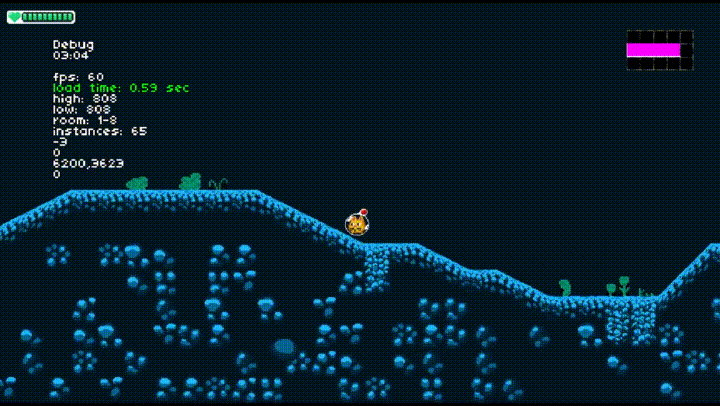C
Canamla
Guest
In a typical retro style pixel art game, what are the ideal angles of slopes? i.e. 45 degree inclines, 75 degrees, etc.
It's an arduous task to create a graphic for each degree in a gradual curve, but what are the best bases to cover when creating a few varieties of slope inclines? I'm going to say that 45 is probably a given, but what does the community have to offer?
It's an arduous task to create a graphic for each degree in a gradual curve, but what are the best bases to cover when creating a few varieties of slope inclines? I'm going to say that 45 is probably a given, but what does the community have to offer?


